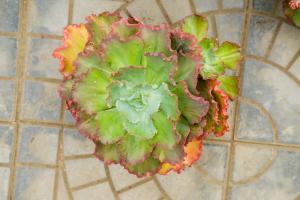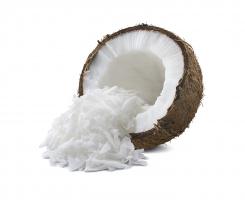Can a Rubber Tree Plant Survive Outside?
Rubber tree plants (Ficus elastica) are commonly grown indoors as houseplants in regions with mild climates. These tropical trees can grow up to 100 feet tall in their natural habitat and are native to Southeast Asia. They require high humidity, bright but indirect light, and well-draining soil to thrive. However, many plant lovers wonder whether their rubber tree plants can survive outside in the garden or patio.
The Ideal Climate Conditions for Rubber Tree Plants
Rubber tree plants are most suitable for USDA hardiness zones 10 to 12, where the climate remains warm and humid throughout the year. The temperature range for these zones is typically between 30°F to 40°F, and the relative humidity is around 80% to 90%.
Therefore, rubber trees may not survive in colder regions that experience freezing temperatures or dry and arid climates. Their leaves may turn yellow and drop off, and the plant may suffer from stem and root rot in case of high humidity and temperature fluctuations.
Challenges of Growing Rubber Tree Plants Outside
One of the main challenges of growing rubber tree plants outside is that they are susceptible to pest infestations, especially mealybugs and spider mites. These pests feed on the sap of the plant and can cause wilting, yellowing, and stunted growth. Moreover, outdoors, rubber trees may attract larger pests like rabbits and deer that can chew through their bark and cause extensive damage.
Another issue is that rubber trees grown outside are more vulnerable to environmental stress caused by direct sunlight exposure, heavy rainfall, and strong winds. These factors can affect the plant's growth and development and make it more susceptible to diseases and nutrient deficiencies.
Tips for Growing Rubber Tree Plants Outside
If you live in a tropical or subtropical region with high humidity and moderate temperatures, you can grow rubber tree plants outside successfully. Here are some tips to keep in mind:
Plant the tree in a shaded spot that receives bright but indirect light
Water the tree regularly but avoid overwatering or letting the soil become waterlogged
Fertilize the plant with a balanced fertilizer every month during the growing season
Prune the tree regularly to remove dead, damaged or diseased branches and maintain its shape
Protect the tree from pests by applying an organic insecticide or using natural pest control methods like neem oil and ladybugs
Cover the tree with a frost blanket or move it indoors in case of frost or extreme weather conditions
Conclusion
In summary, rubber tree plants can survive outside if grown in the right climate and under suitable conditions. However, growing a rubber tree plant outside may require more attention and care than growing it indoors. You must provide adequate shelter, moisture, and protection from pests and environmental stressors to ensure the plant's survival and growth.

 how many times do yo...
how many times do yo... how many planted tre...
how many planted tre... how many pine trees ...
how many pine trees ... how many pecan trees...
how many pecan trees... how many plants comp...
how many plants comp... how many plants can ...
how many plants can ... how many plants and ...
how many plants and ... how many pepper plan...
how many pepper plan...






























